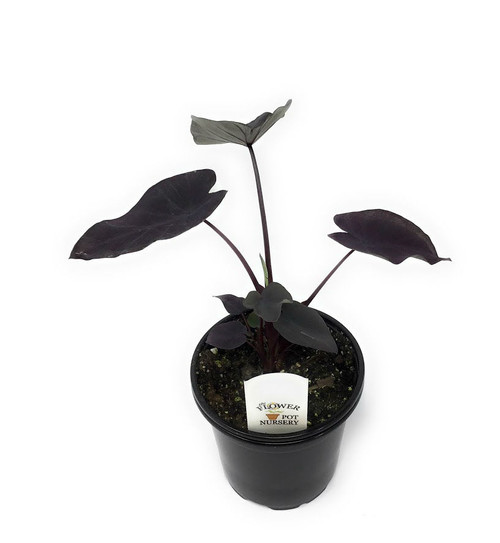Transform your garden into a lush, aromatic paradise with Piper nigrum, the exquisite black pepper plant. Originating from the verdant landscapes of South India, this climbing vine not only enhances the aesthetics of your garden but also provides you with a bountiful harvest of the world's most sought-after spice. Imagine the delight of plucking fresh peppercorns right from your backyard, ensuring a supply of premium black pepper for your culinary adventures. This versatile and hardy plant thrives in warm climates, with glossy, heart-shaped leaves and clusters of tiny flowers that mature into the iconic black peppercorns. Beyond its beauty and culinary value, Piper nigrum offers a touch of the exotic and a hint of tradition, making it a unique and rewarding addition to any garden. Cultivate a piece of spice history and savor the unmatched flavor and aroma of home-grown black pepper with Piper nigrum!
Black pepper (Piper nigrum) is a flowering vine in the family Piperaceae, cultivated for its fruit (the peppercorn), which is usually dried and used as a spice and seasoning. The fruit is a drupe (stonefruit) which is about 5 mm (0.20 in) in diameter (fresh and fully mature), dark red, and contains a stone which encloses a single pepper seed. Peppercorns and the ground pepper derived from them may be described simply as pepper, or more precisely as black pepper (cooked and dried unripe fruit), green pepper (dried unripe fruit), or white pepper (ripe fruit seeds).
Black pepper is native to the Malabar Coast of India, and the Malabar pepper is extensively cultivated there and in other tropical regions. Ground, dried, and cooked peppercorns have been used since antiquity, both for flavour and as a traditional medicine. Black pepper is the world's most traded spice, and is one of the most common spices added to cuisines around the world. Its spiciness is due to the chemical compound piperine, which is a different kind of spiciness from that of capsaicin characteristic of chili peppers. It is ubiquitous in the Western world as a seasoning, and is often paired with salt and available on dining tables in shakers or mills.
Give credit where credit is due: Wikipedia 2024










